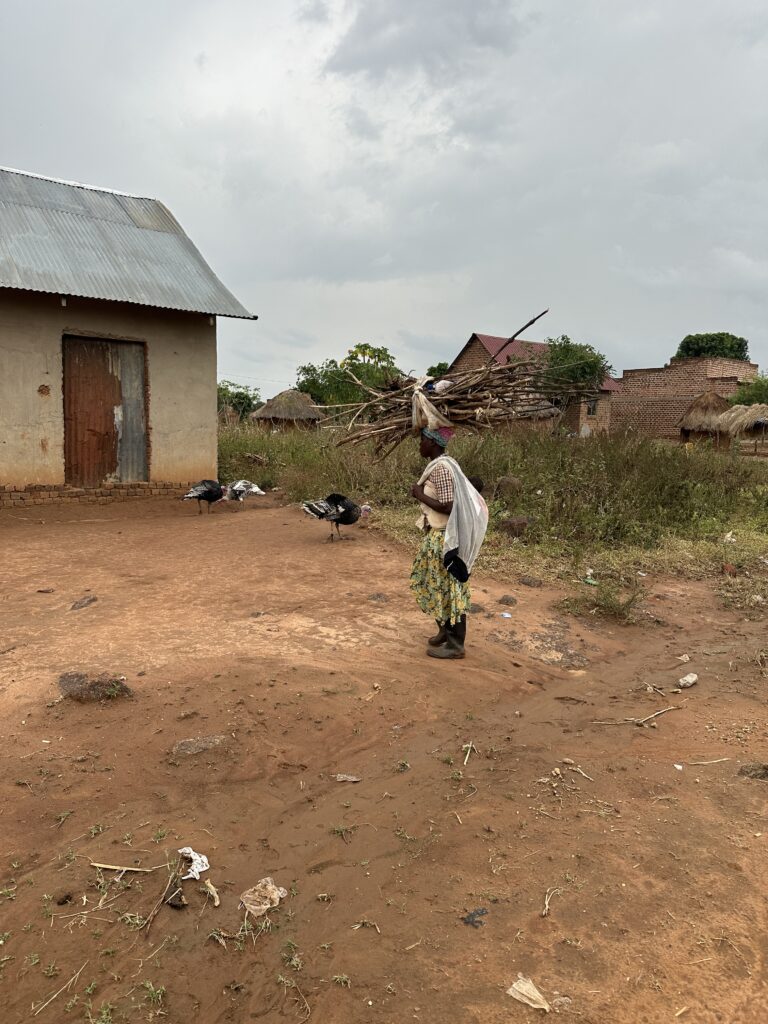
February 20, 2024
Traveling through the Sidama region on our site visit travels, I am confronted with the stark reality of living conditions in rural Ethiopia. The houses here, more like shelters than Western-style homes, serve primarily as sleeping quarters. Cooking is conducted outdoors over open flames, while the streets and markets become gathering spaces—the heart of community life.
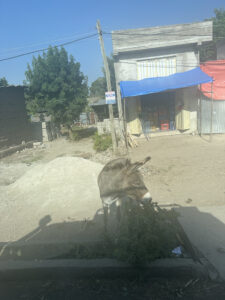 Do you have a choice?
Do you have a choice?
The term “squalor” weighs heavily on my mind. Why do people endure such conditions? But do they truly have a choice? I ponder my own birth in California, a chance occurrence. Similarly, those born in rural Ethiopia to farming families had no say in their circumstances. The huge disparity between our beginnings is staggering.
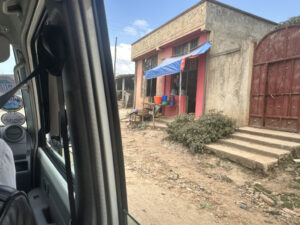 Close to the Land
Close to the Land
Here, life is intimately tied to the land. Even in Addis, the crowing of roosters at dawn serves as a reminder of this connection. In rural areas, the daily routine revolves around survival—securing food, water, and shelter. I’m reminded of Maslow’s Hierarchy of Needs; until these basic requirements are met, notions of self-actualization remain distant.
Comparing this lifestyle to that of early settlers in the Hill Country outside Austin, I’m struck by the absence of external cultural influences in Ethiopia’s history. While the Hill Country was shaped by German settlers bringing European customs, Ethiopians have remained largely unaffected by outside forces. Despite a brief Italian occupation, the country’s core culture remains.
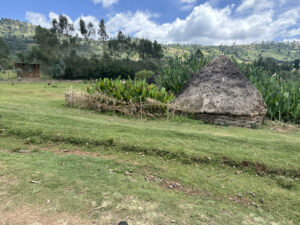 Without external mentors or models, Ethiopians have forged their own path, facing unique challenges along the way. In a world where guidance and mentorship are invaluable, their absence underscores the inherent difficulties of navigating uncharted territory. As I witness the realities of life in rural Ethiopia, I am reminded that we can all use the support and inspiration of others, regardless of circumstance.
Without external mentors or models, Ethiopians have forged their own path, facing unique challenges along the way. In a world where guidance and mentorship are invaluable, their absence underscores the inherent difficulties of navigating uncharted territory. As I witness the realities of life in rural Ethiopia, I am reminded that we can all use the support and inspiration of others, regardless of circumstance.

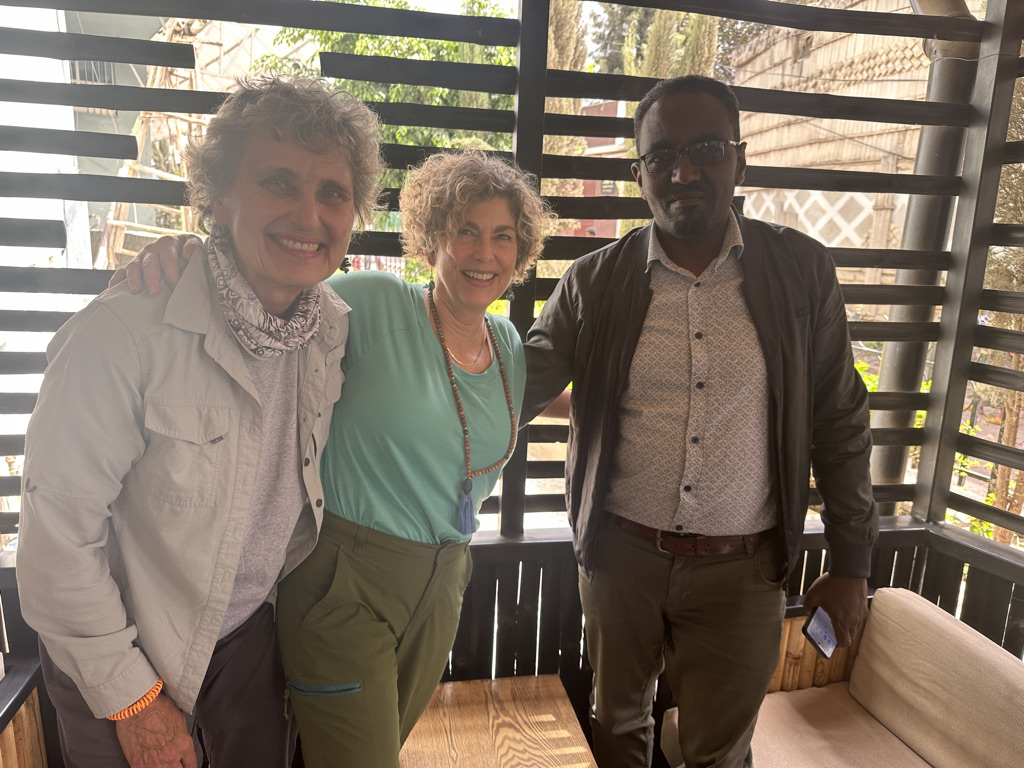
About The Author: Water to Thrive
More posts by Water to Thrive